Machu Picchu, an ancient Incan citadel, holds many mysteries within its stone walls. The construction techniques used remain a topic of fascination for historians and archaeologists alike. Despite its remote location, the site was built with incredible precision and durability. These hidden secrets of its construction continue to intrigue and amaze those who study this wonder of the world.
Stone Cutting Techniques
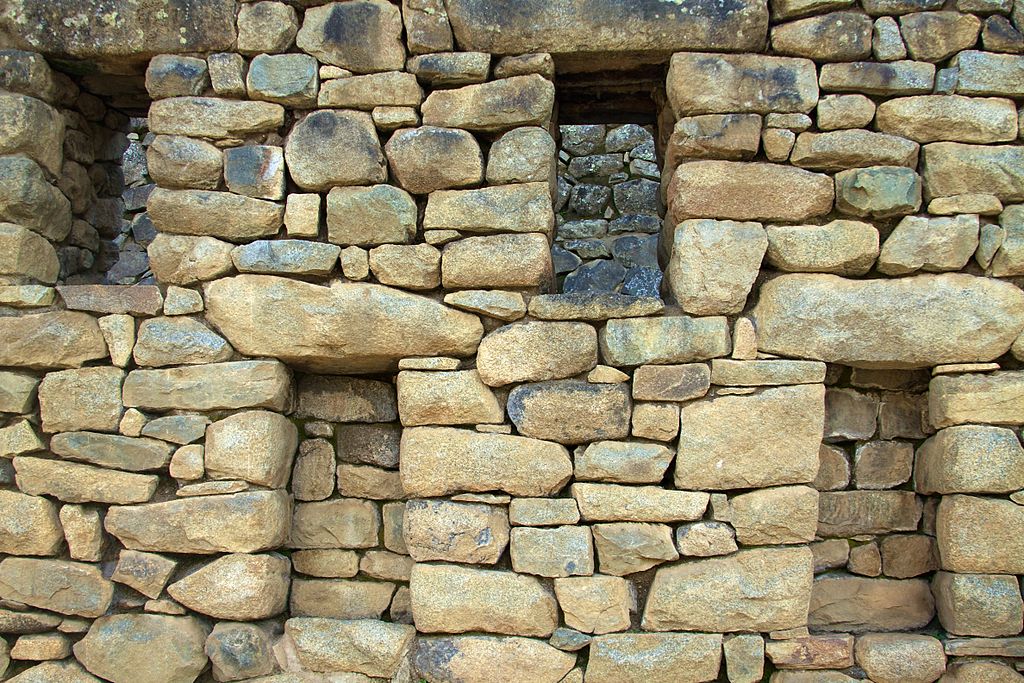
Machu Picchu’s stones were cut and shaped with incredible precision, fitting together without mortar. The Incas used a method called “ashlar,” where stones were smoothed to fit tightly. This technique made the structures resilient to earthquakes. The exact tools and methods remain a mystery, as no iron tools have been found at the site.
Terracing System
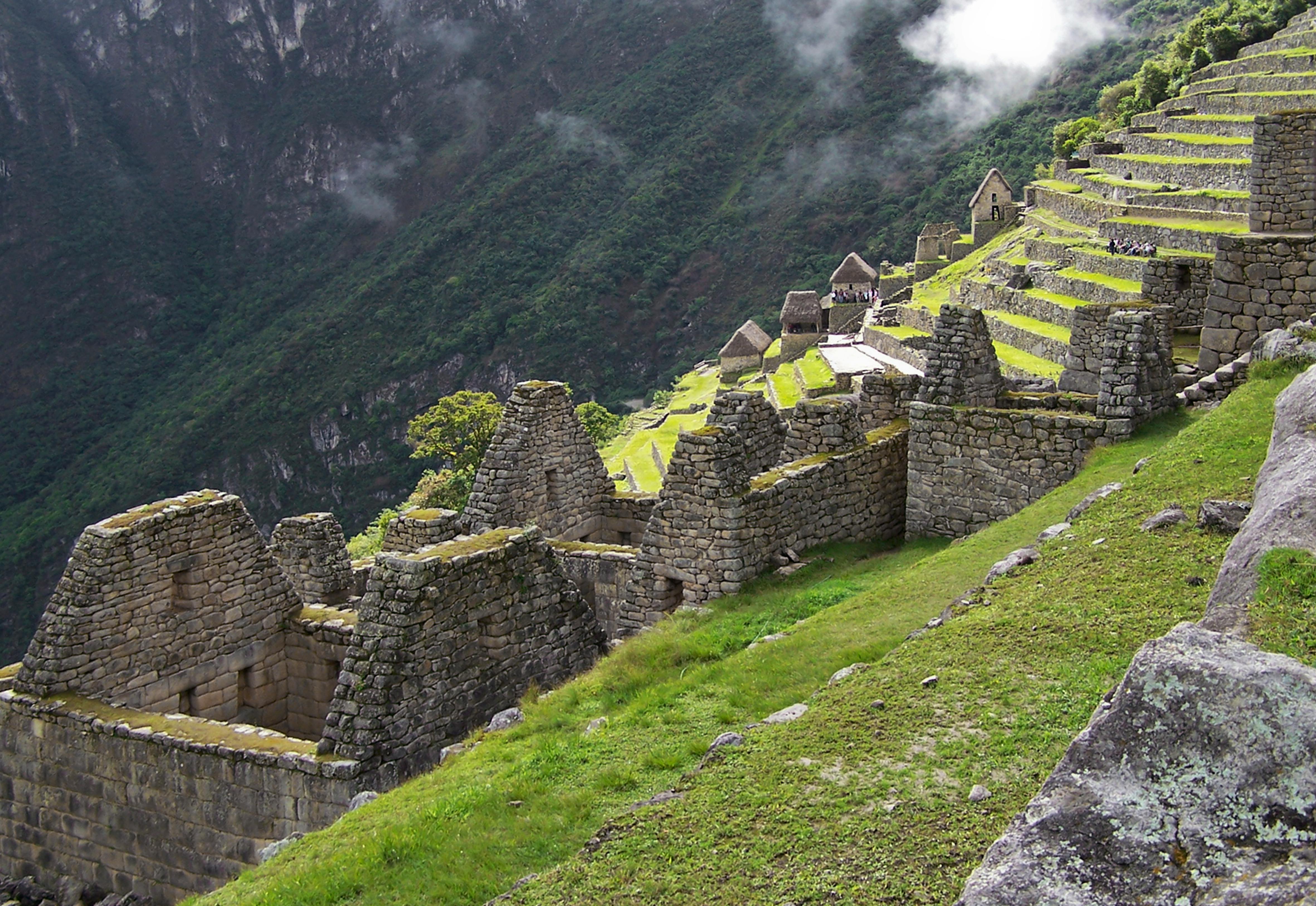
The site’s extensive terracing was not just for agriculture but also for stability. These terraces prevented landslides by dispersing the water and securing the mountain’s steep slopes. They also played a crucial role in drainage, allowing excess water to flow safely away. The terraces are a testament to the Incas’ engineering ingenuity.
Hidden Water Channels
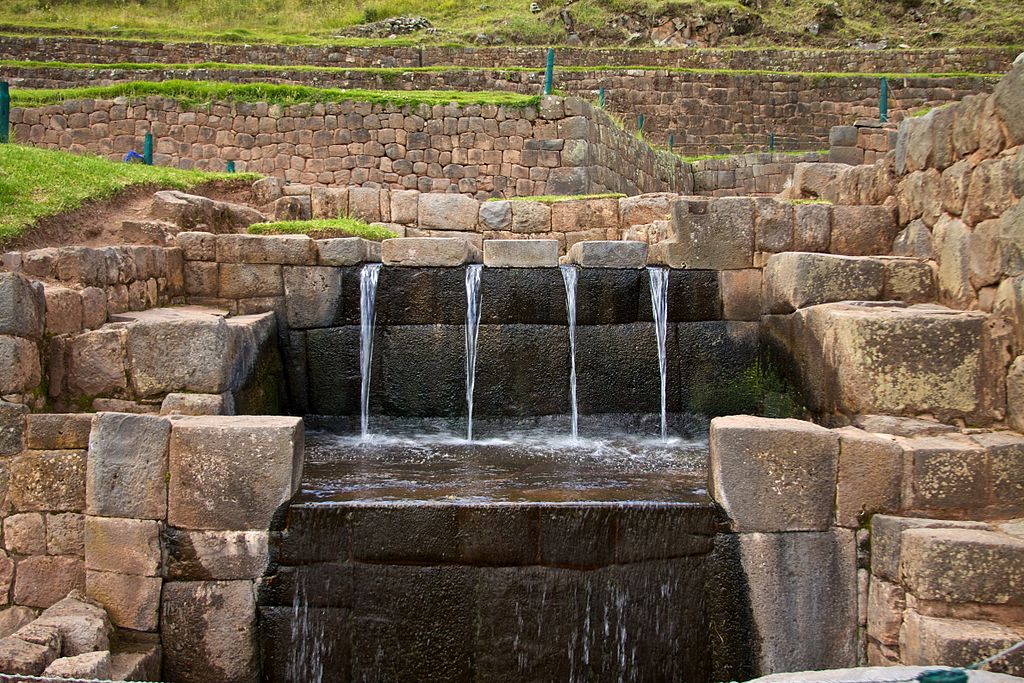
Machu Picchu’s water supply was ingeniously managed through a network of hidden channels. These channels, some of which are still functioning, brought water from natural springs to the city. The system was designed to distribute water efficiently and prevent flooding. This intricate system shows the Incas’ deep understanding of hydraulic engineering.
Precise Alignment with Celestial Events

Machu Picchu is precisely aligned with astronomical events, reflecting the Incas’ advanced knowledge of astronomy. The Intihuatana stone, for instance, functions as a solar clock. During the equinoxes, the stone casts no shadow, marking the exact moment of the event. This alignment suggests that Machu Picchu may have served as a ceremonial or observatory site.
Granite Quarries on Site
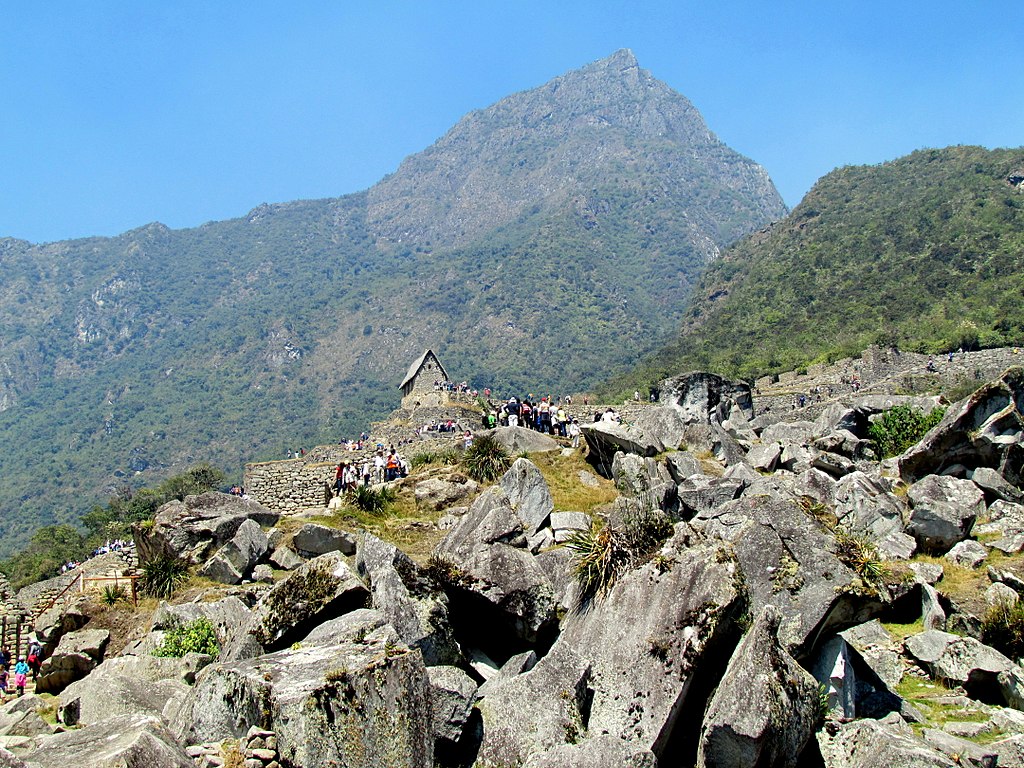
The granite used for Machu Picchu’s construction was sourced locally, reducing the need for transportation. There are quarries on-site, which provided the necessary materials. This close proximity allowed the Incas to focus on shaping and fitting the stones perfectly. The use of local materials also contributed to the city’s seamless integration with its natural surroundings.
No Use of Mortar
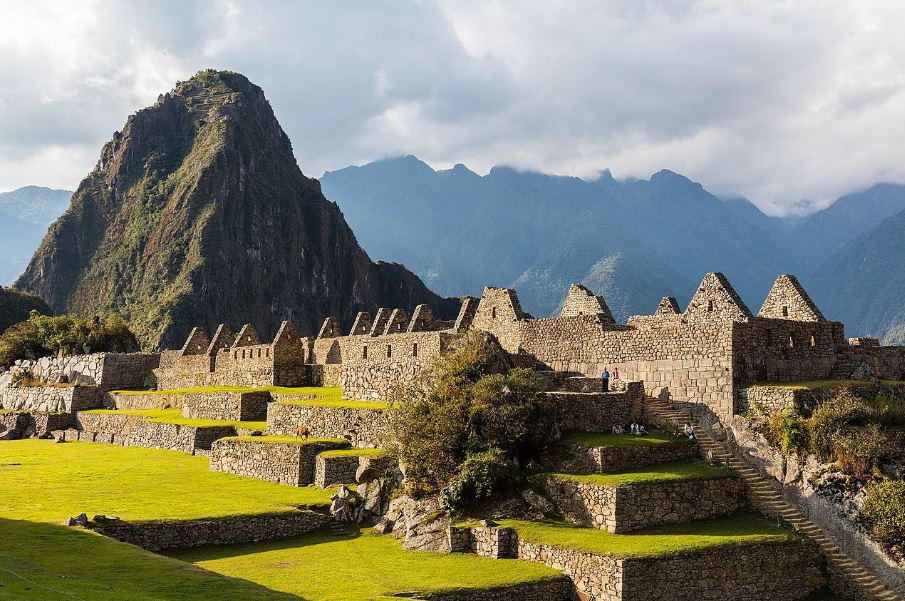
One of the most remarkable features of Machu Picchu is that the stones were fitted together without mortar. The stones were cut so precisely that they locked together like a puzzle. This technique, called “dry-stone construction,” added flexibility and durability. The absence of mortar also meant that the walls could shift slightly during earthquakes, preventing them from falling apart.
Advanced Drainage Systems
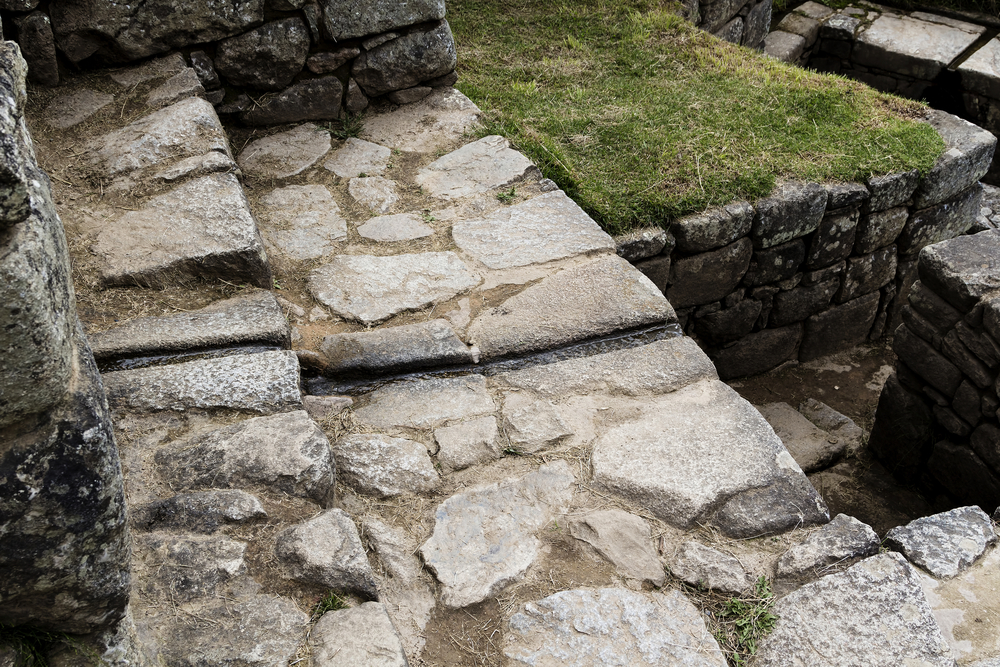
The site includes an advanced drainage system that prevents water damage during heavy rains. This system includes stone channels, gutters, and fountains that direct water away from structures. It helps prevent erosion and structural damage, ensuring the longevity of the city. The careful planning of the drainage system reflects the Incas’ understanding of the region’s climate.
Sacred River Alignment
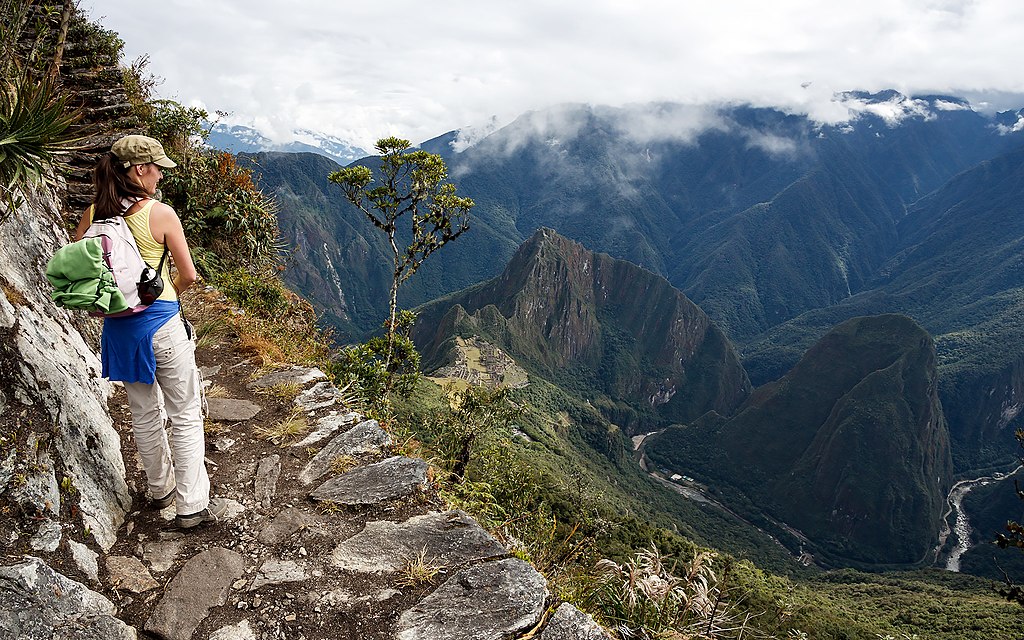
Machu Picchu’s location was likely chosen for its alignment with the sacred Urubamba River. The river was considered holy by the Incas and played a significant role in their spiritual beliefs. The city’s orientation aligns with the river’s flow, symbolizing the connection between the earth and the heavens. This alignment underscores the spiritual significance of the site.
Use of Natural Rock Formations
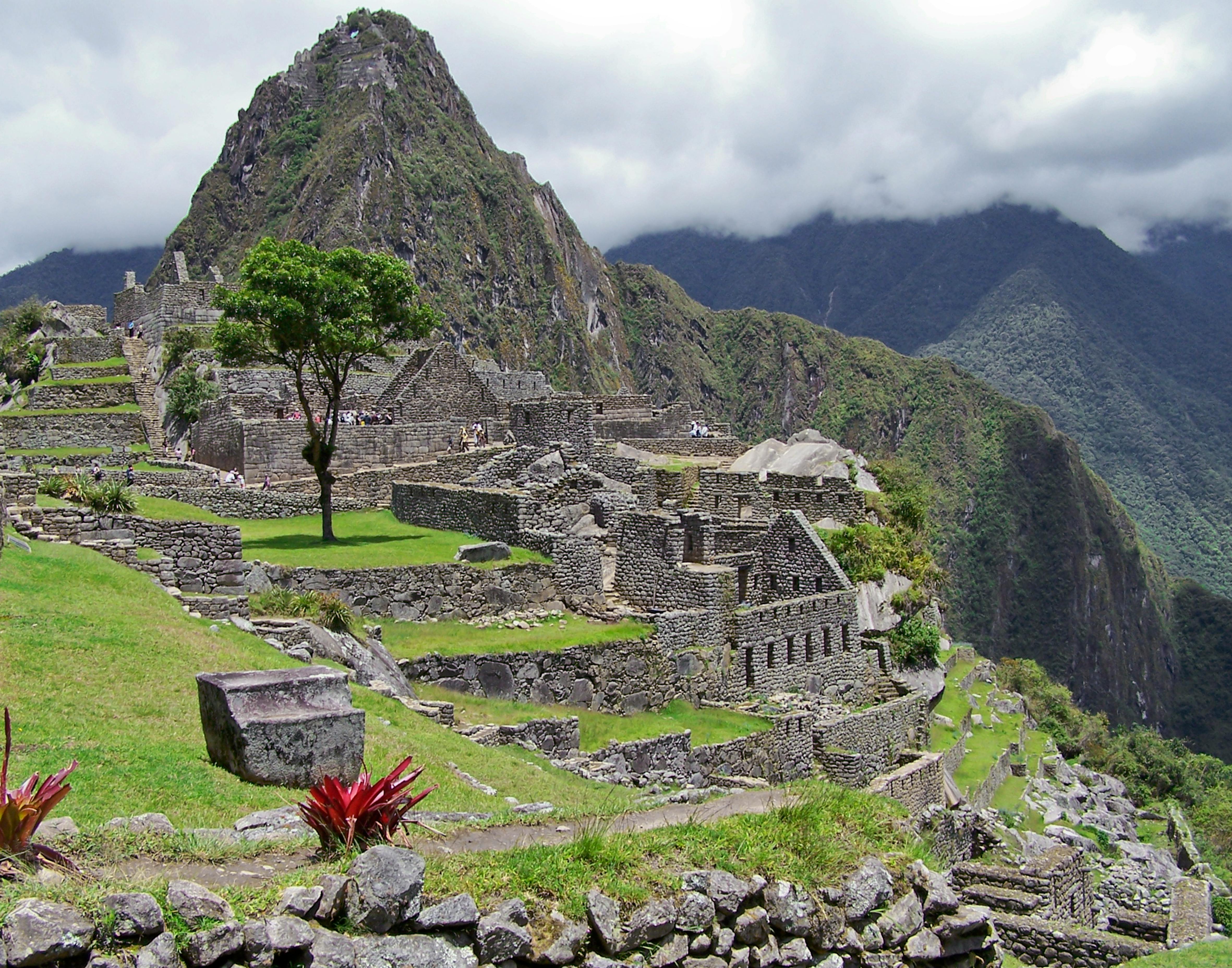
The Incas incorporated natural rock formations into the construction of Machu Picchu, blending architecture with the environment. Some structures were built directly onto or around existing rocks. This approach not only conserved materials but also helped integrate the site with its natural surroundings. The blending of nature and architecture is a hallmark of Incan construction.
Secret Storage Rooms

Hidden within the site are numerous storage rooms, believed to have been used for food and supplies. These rooms were strategically placed to take advantage of the cool, dry mountain air. The storage rooms were essential for sustaining the city’s population, particularly during times of scarcity. Their presence indicates the Incas’ foresight and planning for the long-term sustainability of Machu Picchu.
Hidden Inscriptions and Symbols
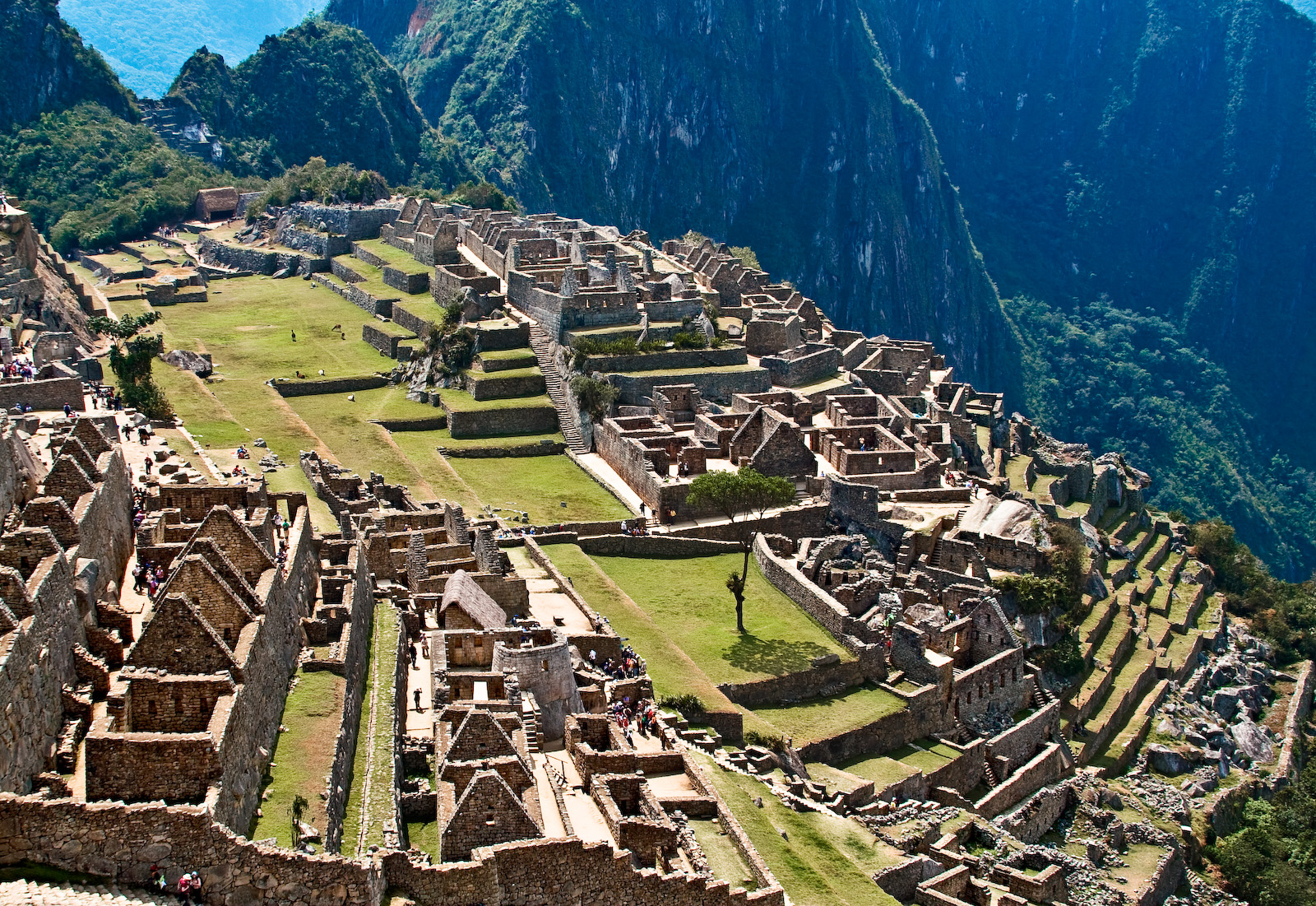
Some stones at Machu Picchu bear hidden inscriptions and symbols that are still being deciphered. These markings are thought to have ceremonial or religious significance. They may represent the Incas’ connection to their deities or celestial events. The presence of these symbols adds another layer of mystery to the site.
Limited Access Points
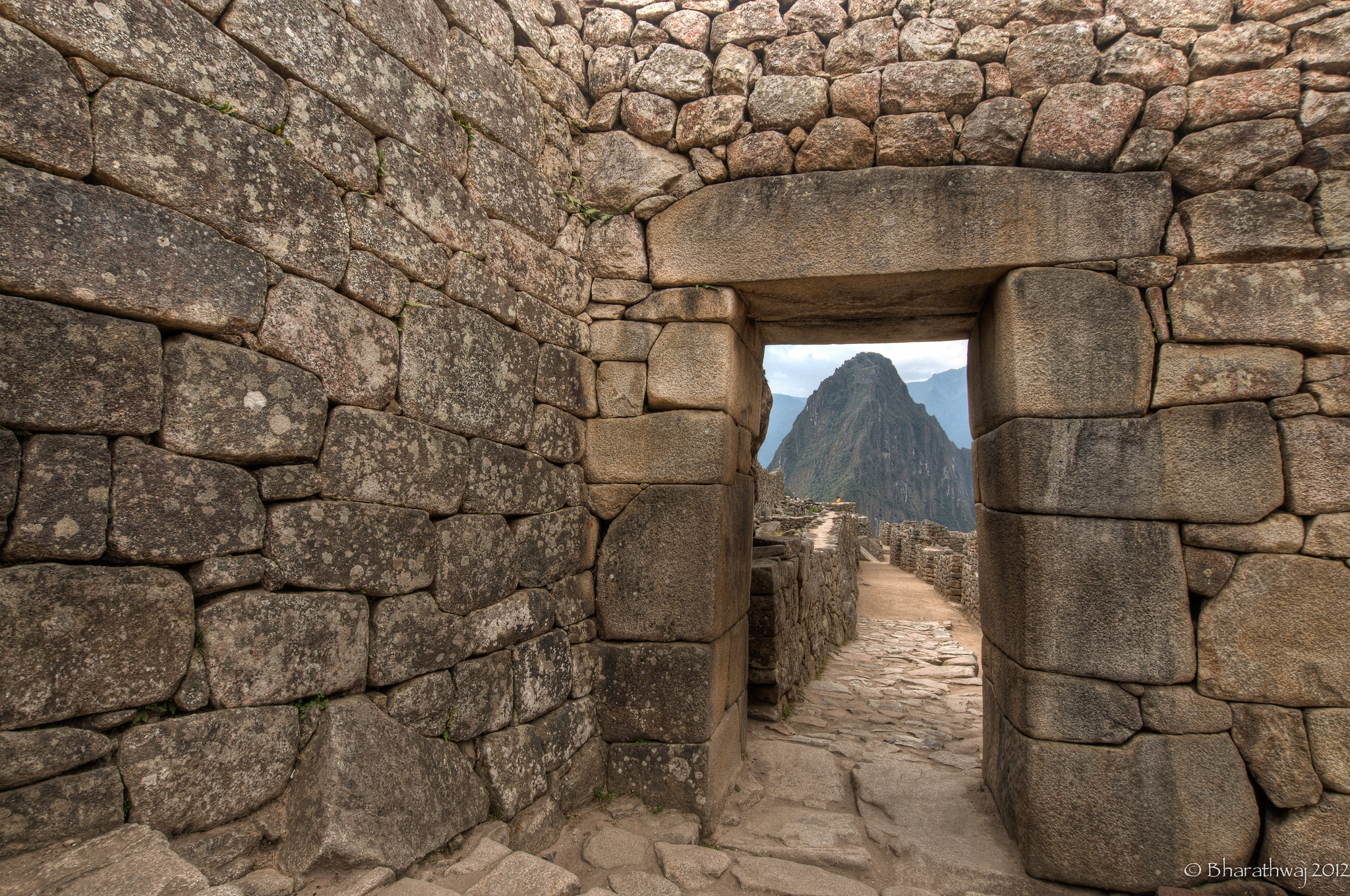
Machu Picchu was designed with only a few narrow access points, making it easily defensible. The city’s remote location and steep terrain naturally provided security. The Incas enhanced this by creating bottlenecks at the entrances, which could be easily guarded. This design suggests that Machu Picchu was built with defense in mind.
Strategic Mountain Location
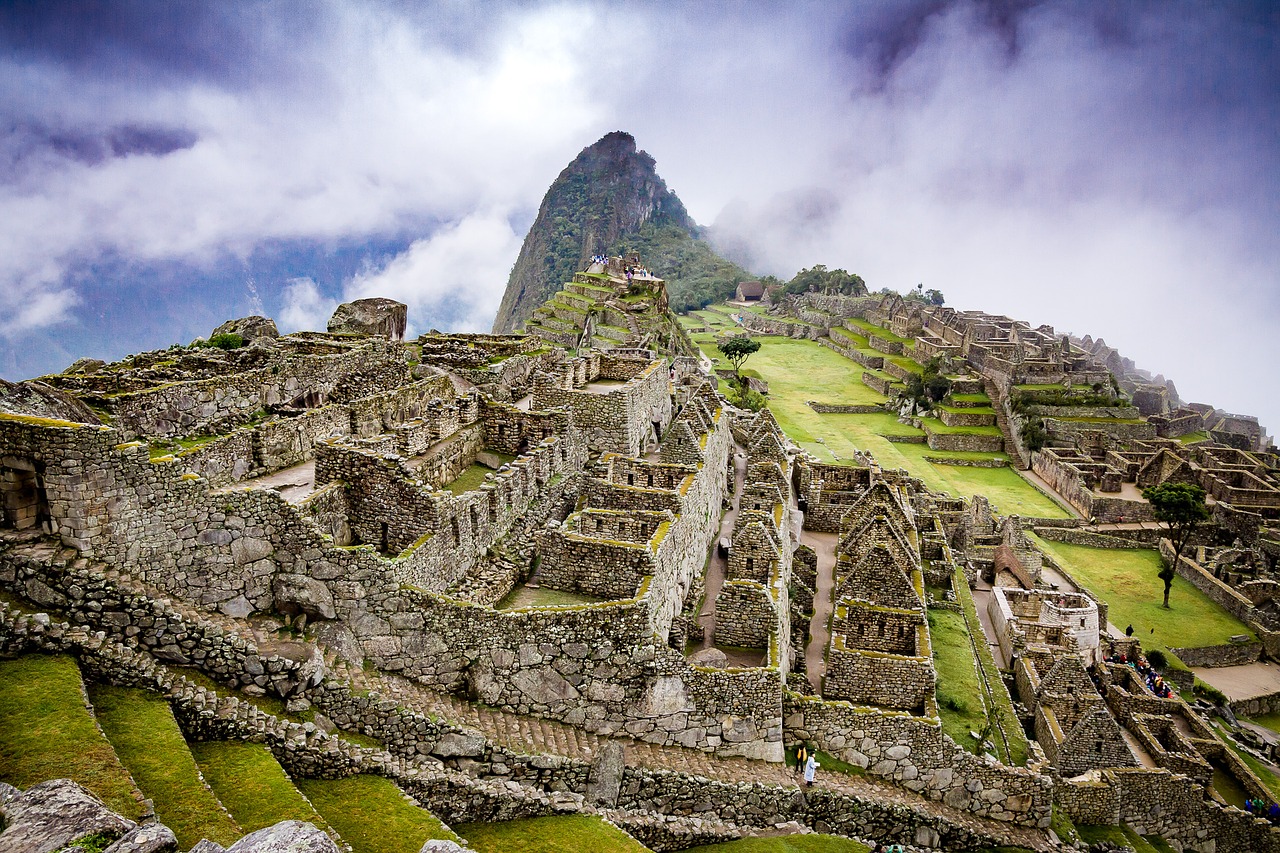
The city’s location on a mountain ridge was carefully chosen for its strategic advantages. It offered a commanding view of the surrounding area, making it easier to spot potential invaders. The elevation also provided a natural barrier against attacks. Additionally, the location was ideal for religious and astronomical purposes, connecting the Incas to their gods and the heavens.
Integration with the Natural Landscape
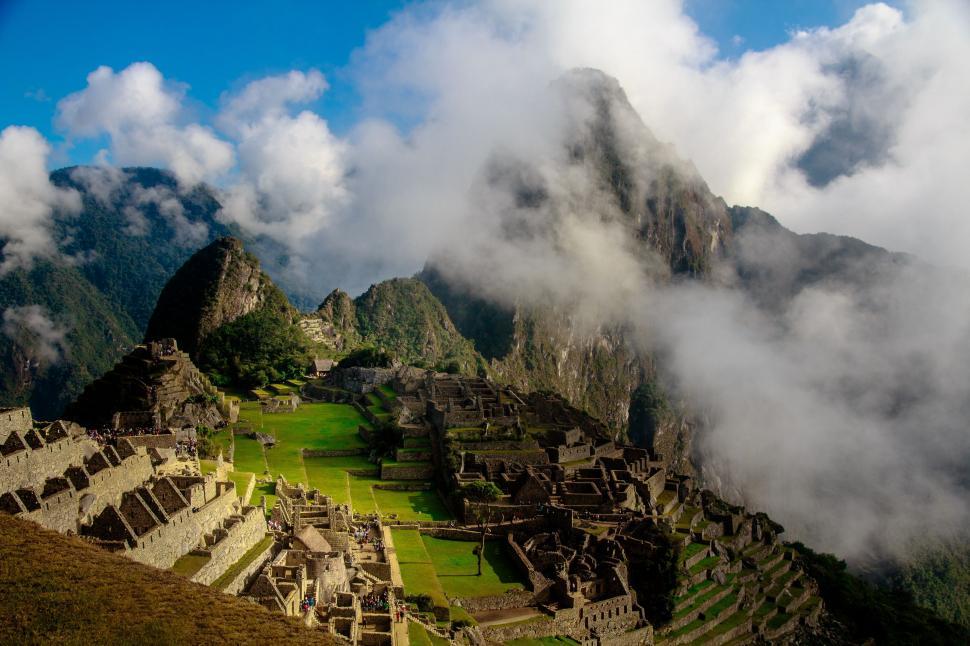
Machu Picchu is a prime example of how the Incas integrated their construction with the natural landscape. The city was built to blend seamlessly with the mountain, following the contours of the land. This integration minimized the environmental impact and made the site less visible from below. The harmonious design reflects the Incan philosophy of living in balance with nature.
Hidden Tombs and Burial Si
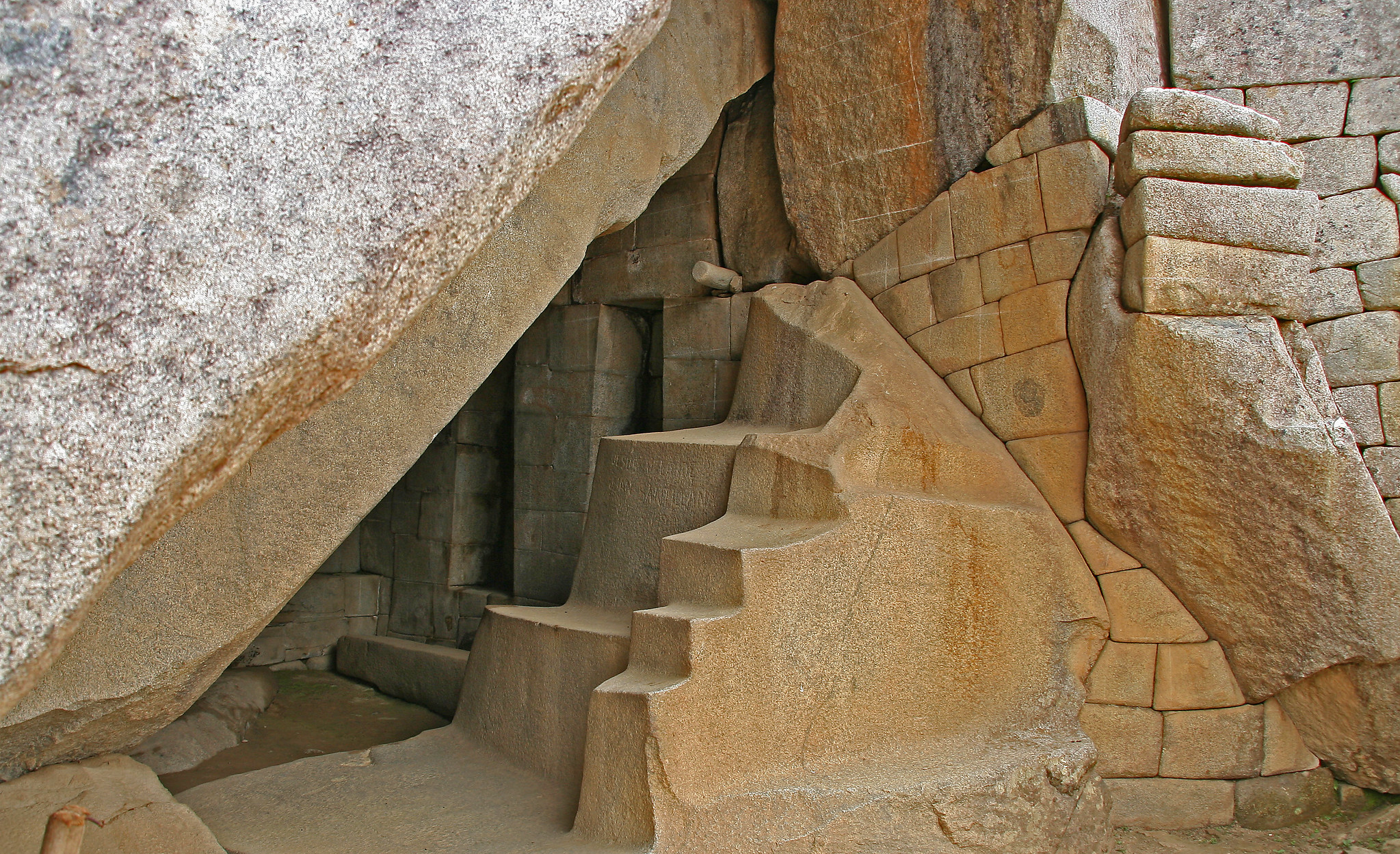
Archaeologists have discovered hidden tombs and burial sites within Machu Picchu. These tombs likely belonged to high-ranking individuals, possibly royalty or priests. The tombs were carefully concealed, with some hidden beneath existing structures. Their discovery sheds light on the spiritual and ceremonial significance of the site.
This article originally appeared on UnifyCosmos.
More from UnifyCosmos
18 Belongings to Let Go off for a Stress-Free Retirement

Retirement is a time to simplify and enjoy life without the burdens of unnecessary possessions. Holding on to too many items can create clutter and stress, making it harder to fully enjoy this new phase. Read More
20 Surprising Discoveries About Early Space Exploration
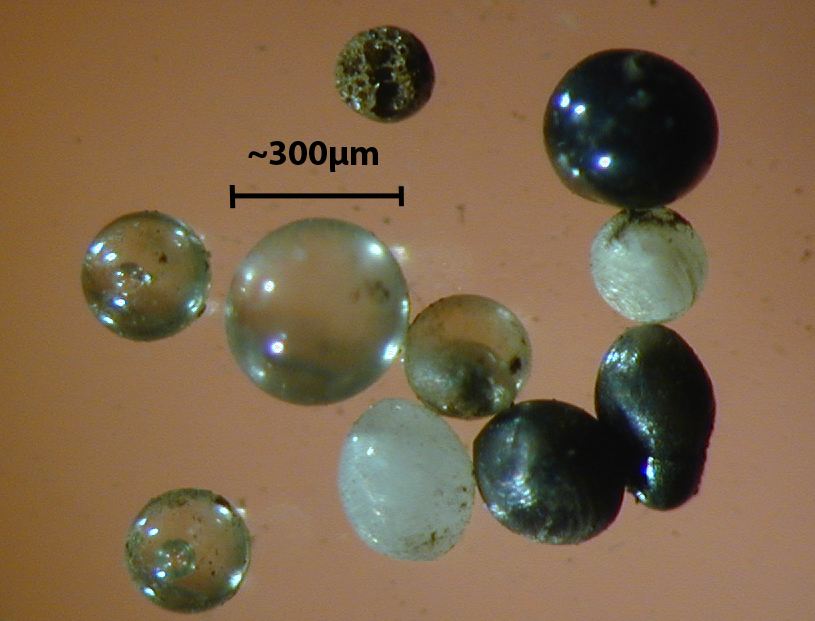
The early days of space exploration were filled with groundbreaking achievements, but they also revealed some surprising discoveries that changed our understanding of the universe. From unexpected challenges to fascinating insights, these moments shaped the future of space travel. Read More
17 Smart Ways to Save Money on Your Travels

Saving money while traveling doesn’t have to be complicated. With a few smart strategies, you can stretch your budget without sacrificing the experience. Read More
Leave a Reply